What Are Parasitic Wasps & How Can They Help Your Lawn?
The name ‘Parasitic Wasps’ is unnecessarily terrifying, because the truth is that the presence of these bugs around your home might be both an indicator of an outbreak of ...

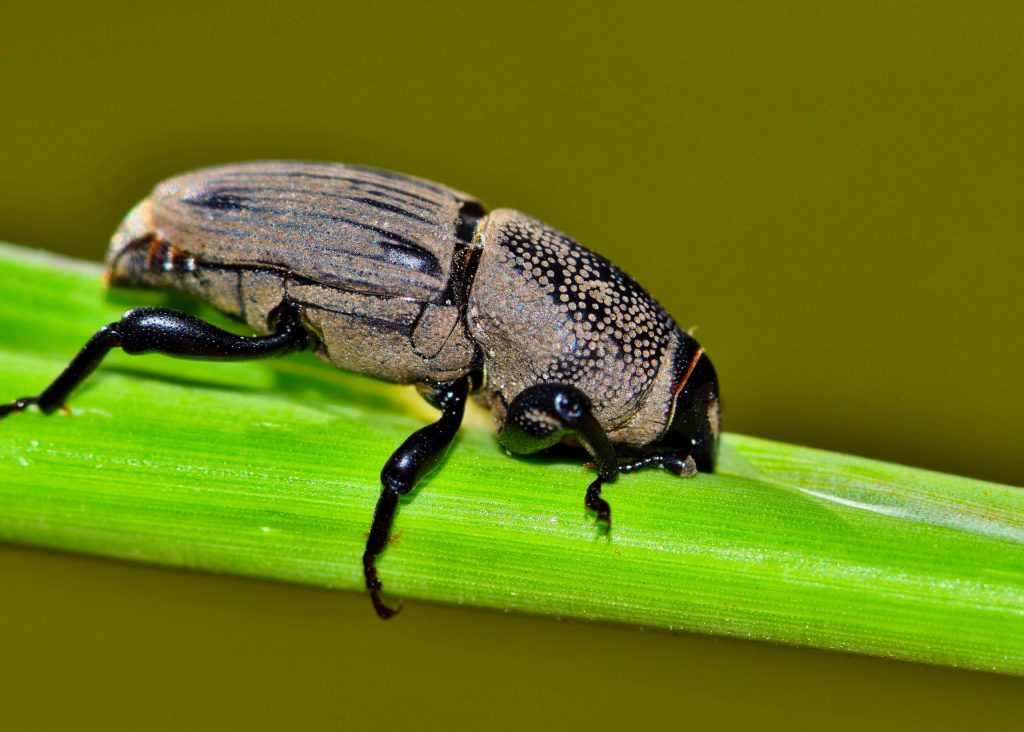 Garden weevils are an introduced insect pest that cause damage to both edible and non-edible plants.
Garden weevils are an introduced insect pest that cause damage to both edible and non-edible plants.
Sometimes it’s the adults that chew their way through your garden munching on leaves, flowers, fruit and vegetables, other time it’s the larvae of these critters that get to work underground, chomping on the roots.
In this article, we explain how to identify Garden Weevils, when to look out for them and the best ways to control them without damaging your lawn.
We also recommend a range of products for managing Garden Weevils and keeping your lawn in top shape.
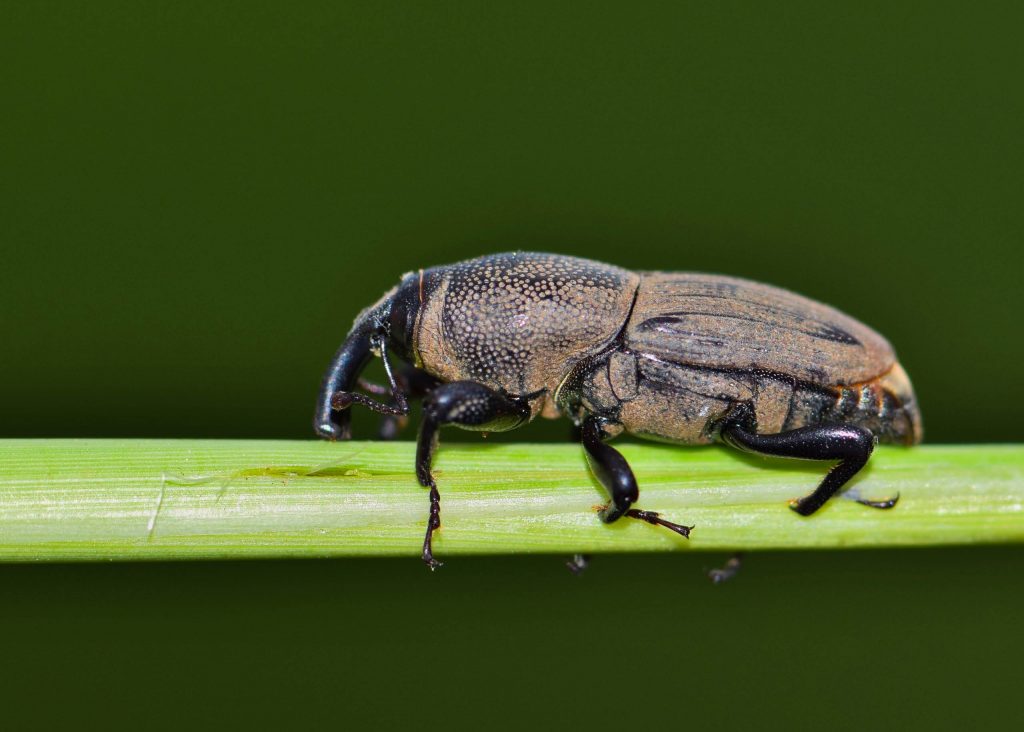 There are several different types of Garden Weevils to watch out for. They prefer warm, moist conditions and will hide during the day in loose bark, mulch, curled up leaves and thick layers of thatch.
There are several different types of Garden Weevils to watch out for. They prefer warm, moist conditions and will hide during the day in loose bark, mulch, curled up leaves and thick layers of thatch.
Billbugs are pests of warm season grasses, such as Kikuyu and Couch, and the adults chew holes in your grass so they can lay their eggs.
Adults have a hard pitted shell that ranges in colour from clay-brown to near black, with a distinctive duck bill-like snout, and elbowed antennae.
Billbug larvae are white, with a reddish-brown head, up to 10mm long and have no legs.
The larvae eat the grass from the inside out, then move to feeding on the stem and roots, causing most of the damage to your lawn.
Argentine Stem Weevils emerge after winter to mate and the females, which are mottled grey to black, lay eggs under the leaf of a host plant.
The larvae are smaller than Billbugs, but are similarly destructive – feeding inside the stem and crown of turf grasses.
When disturbed, the flightless adults often play dead, tucking in their legs and antennae and lying very still.
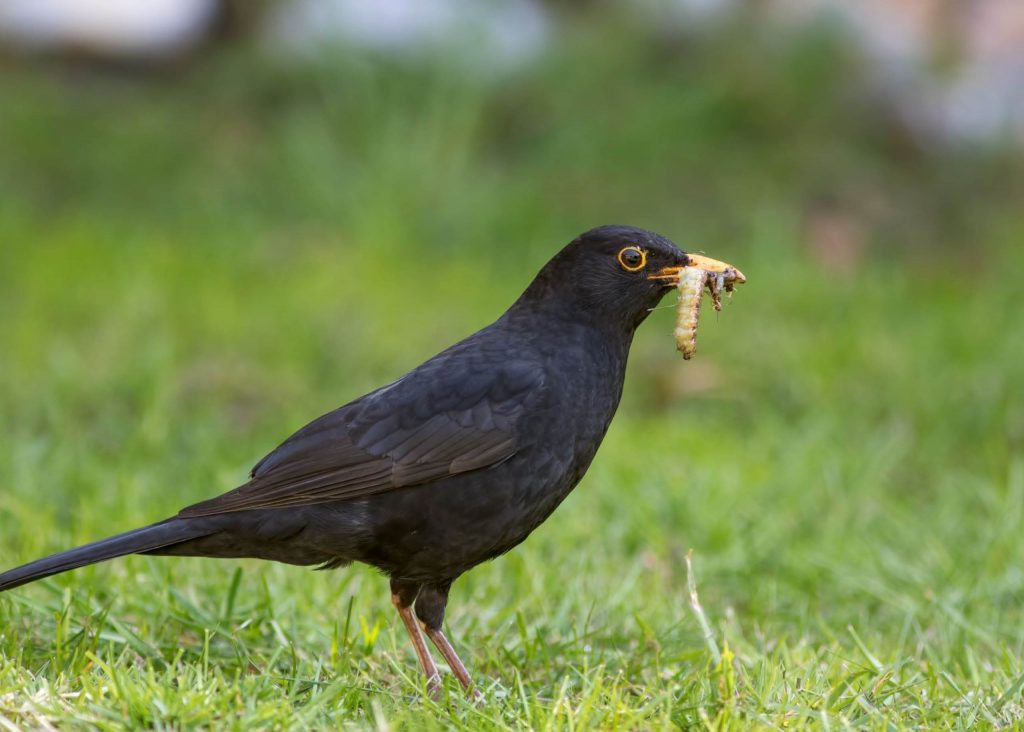 Watch out for the presence of adult Garden Weevils in spring and early summer.
Watch out for the presence of adult Garden Weevils in spring and early summer.
Birds pecking at the ground can often be a sign that something is amiss.
Look out for insect-eating birds such as the Common Myna (also known as the Indian Myna), Magpies, Pied Currawongs and Butcher Birds which consume both larvae and adult insects.
The appearance of small yellow or brown patches from larval feeding damage usually occurs between November and February.
Always wear the appropriate protective equipment – gloves, safety glasses etc – and read the product label before using any insecticide.
Check whether the product is suitable for Garden Weevils and that it is safe for use on your grass type.
Look for products containing the active ingredients Beta-Cyfluthrin, Imidacloprid, Bifenthrin, Chlorantraniliprole or Thiamethoxam.
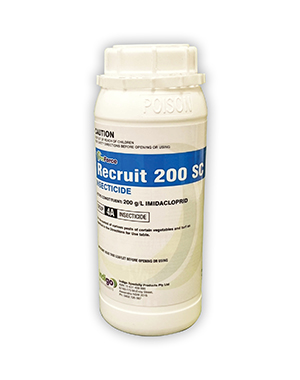
Indigo Recruit 200SC 1L is a broad-spectrum selective insecticide that delivers superior results for the control of numerous beetles, including Garden Weevils. It is suitable for use on Zoysia, Kikuyu, Couch and Buffalo grasses.
SHOP NOW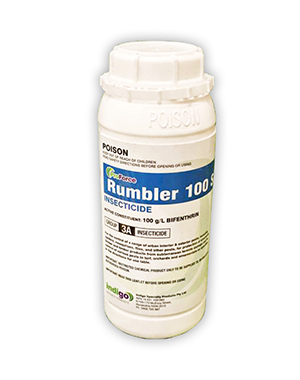
Indigo Rumbler 100SC 1L is a broad-spectrum insecticide for the control of larvae, ants and beetles, including Garden Weevils. It is suitable for use on Zoysia, Kikuyu, Couch and Buffalo grasses.
SHOP NOW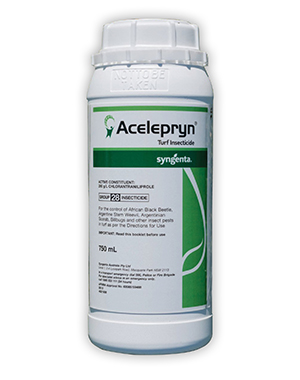
Acelepryn 750ml is a low environmental impact insecticide for the control of larvae and beetles, including Garden Weevils. It is suitable for Zoysia, Kikuyu, Couch and Buffalo grasses.
SHOP NOWAdult Garden Weevils are generally active in New South Wales and Queensland from late August onwards, laying their first batch of eggs in September or October.
Granular insecticides, such as Acelepryn, should be applied when adults are first seen during winter.
Liquid pesticides, such as Recruit, can be sprayed when numbers peak, or when small larvae (less than 4mm) are found in the thatch or soil surface.
The best time to apply insecticides to your lawn is usually late afternoon – many insects feed at dusk and dawn – but be guided by the instructions on the product label.
There should be a noticeable reduction in pest activity within 24 to 48 hours of insecticide application.
Some products will kill Garden Weevils at all three stages – larvae, young adults and adults – but it can take several repeat applications 10-14 days apart to break the life cycle and bring them under control.
Poor lawn maintenance contributes to Garden Weevil problems from year to year.
Follow good mowing practices and dethatch and aerate regularly to help keep insects at a minimum.
Lawns mown too short are at greater risk of damage because they are already under stress.
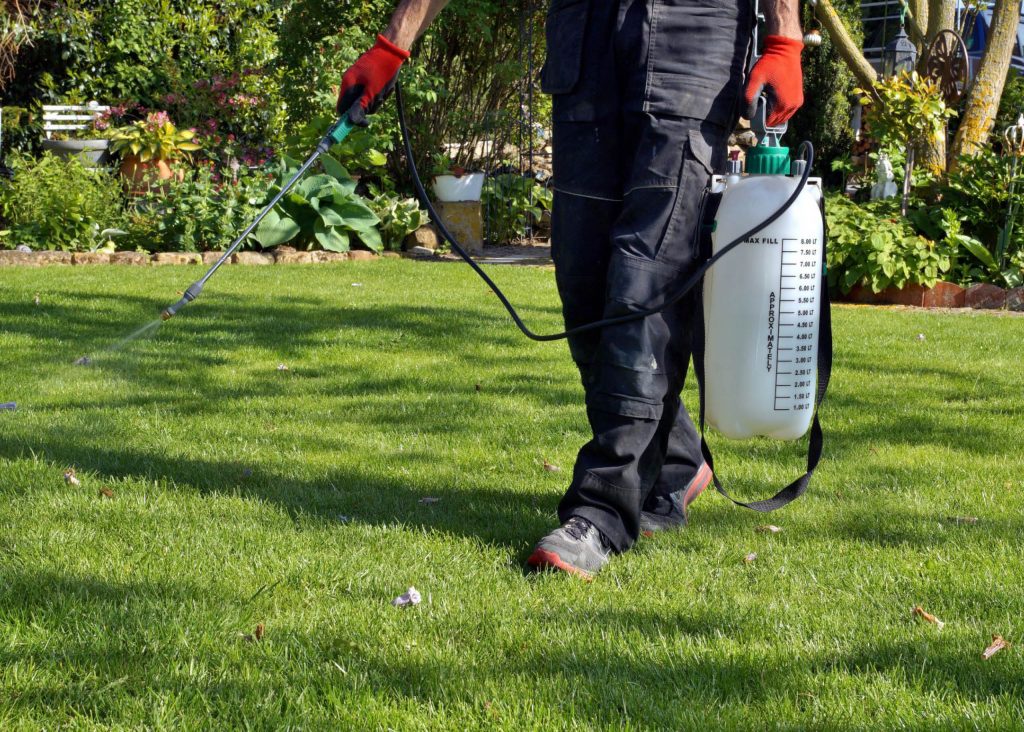 Spraying Neem oil at night during the egg laying season can help kill both eggs and larvae of Garden Weevils as well as many other types of lawn grubs.
Spraying Neem oil at night during the egg laying season can help kill both eggs and larvae of Garden Weevils as well as many other types of lawn grubs.
This also helps to avoid harming beneficial insects such as bees and lady bugs that get around during the day.
Another option is to treat your lawn with a product containing predatory nematodes, which can be applied with a watering can, sprayer or knapsack.
Nematodes are round worms that live in soil and kill Beetle Grubs by penetrating their bodies and breeding inside them.
If you dig around and find Garden Weevil larvae in the soil, pick them up and feed them to chickens or native birds, or seal them in a plastic bag and throw it in the bin.
For more information about managing pests in your lawn, and to browse our range of lawncare products from leading brands, visit myhomeTURF’s online store.